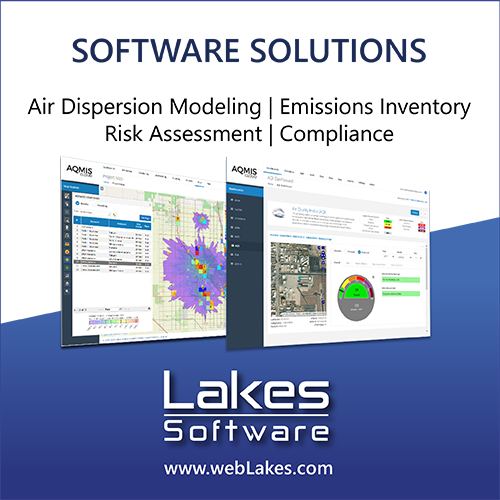Quantifying potential particulate matter intake dose in a low-income community in South Africa
DOI:
https://doi.org/10.17159/caj/2021/31/2.9426Keywords:
air pollution exposure, household air pollution, micro-environmentsAbstract
Understanding how exposure to particulate matter impacts human health is complex. Personal exposure is a function of the pollution concentrations measured at any given place and time. The health impacts of this exposure are, amongst other factors, determined by how high pollutant concentrations are and what enters the body. This study considered data gathered in the winter of 2013 in a low-income community on the Mpumalanga Highveld, South Africa, which is a geographical area known for its high air pollution levels. Time-activity data collected by GPS monitors worn by individuals in the community were used to understand in which microenvironments people spend most of their time. Eight days’ worth of ambient, indoor and personal particulate matter measurements were paired with individual GPS positioning data for one study participant. We identified pollutant concentrations where the person spent time and how much particulate matter was potentially inhaled in specific micro-environments. Participants spent time in five main micro-environments: (highest rank first) inside a house, directly outside a house, on a dirt road, on a tar road, and on an open field. Exposure to particulate matter concentrations in these micro-environments exceeded the National Ambient Air Quality Standards. Highest exposure was measured inside the dwelling and directly outside the dwelling. When comparing directly- and indirectly derived time-weighted potential intake doses, directly derived intake doses were higher and more likely to represent particulate matter concentrations inhaled by the participant. This study suggests that people living in communities on the Mpumalanga Highveld are exposed to unacceptably high air pollution levels in places in which they spend most of their time. Direct exposure and intake dose assessments are an essential element of environmental health studies to supplement data collected by stationary monitors.
Downloads
Downloads
Published
Issue
Section
License
Copyright (c) 2021 Bianca Wernecke, Stuart J Piketh, Roelof P Burger, Brigitte Language, Caradee Y Wright

This work is licensed under a Creative Commons Attribution 4.0 International License.

All articles are published under a Creative Commons Attribution 4.0 International License; copyright is retained by the authors. Readers are welcome to reproduce, share and adapt the content without permission provided the source is attributed.









.png)